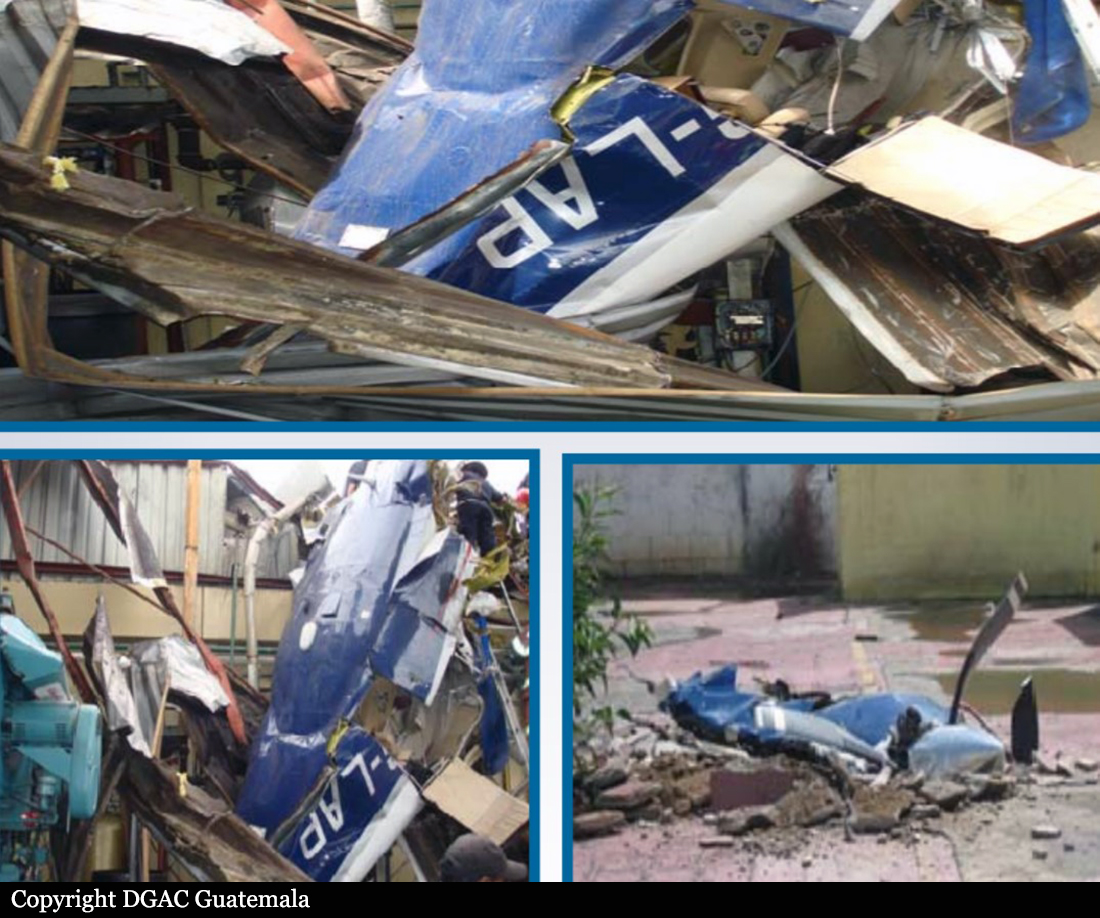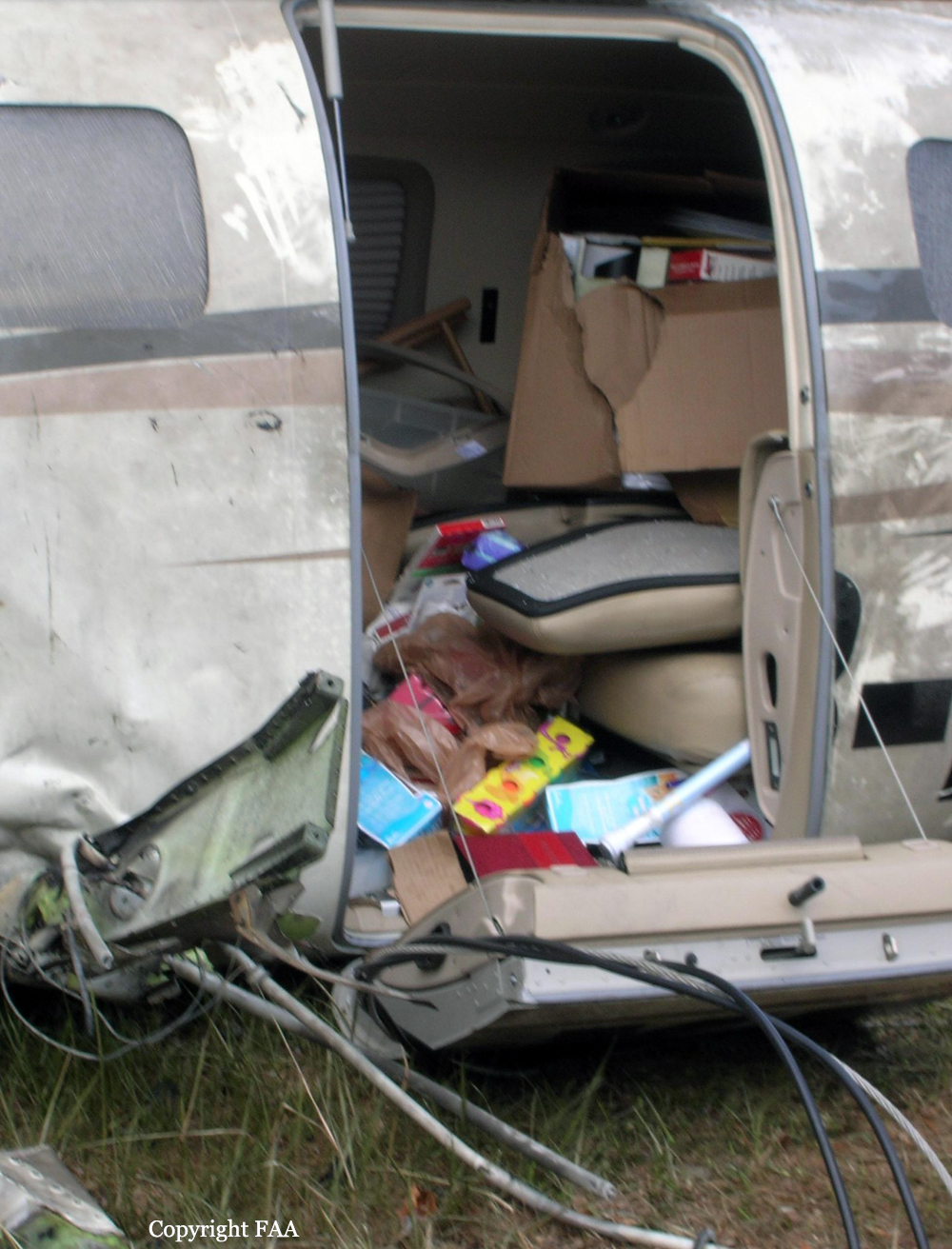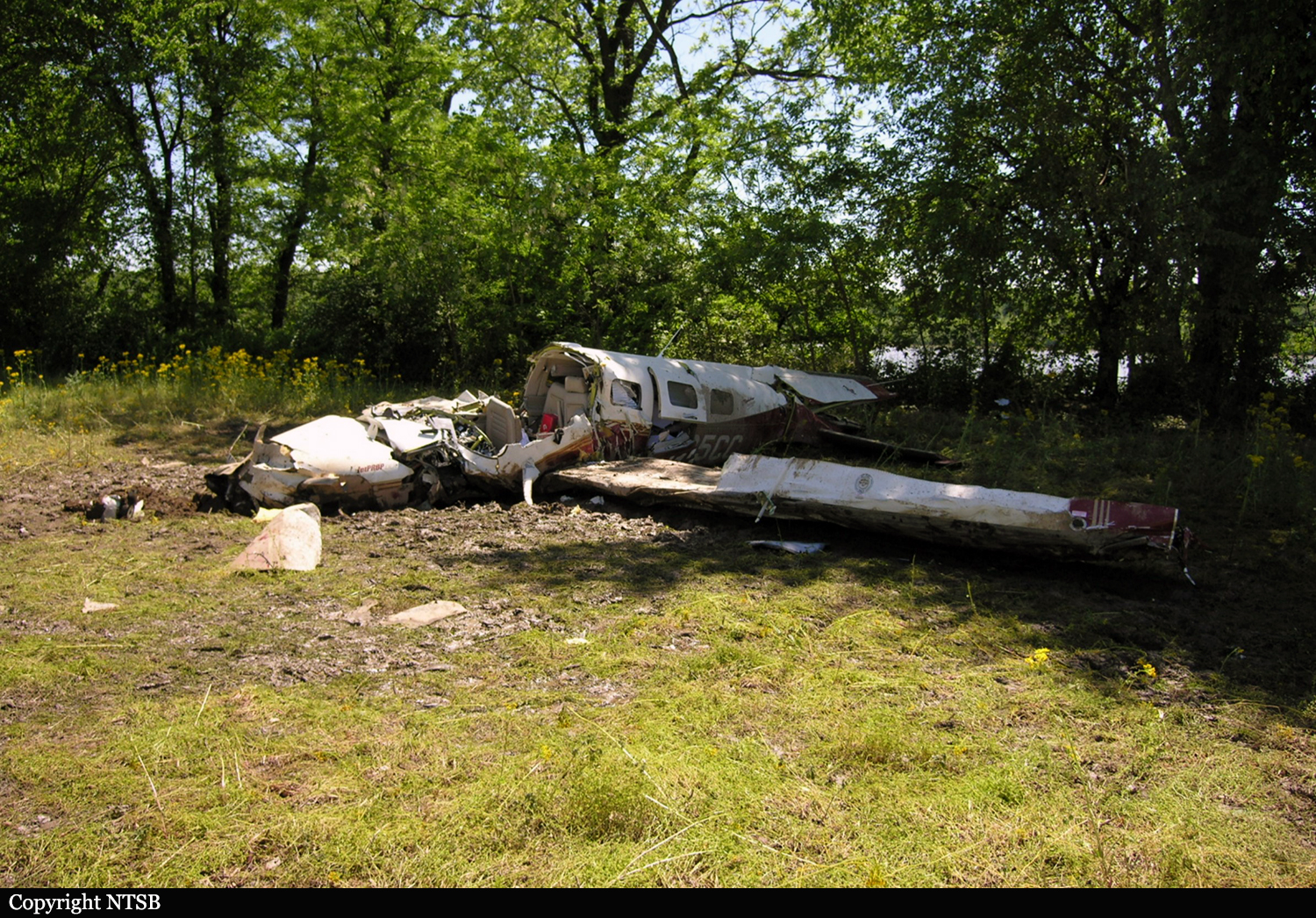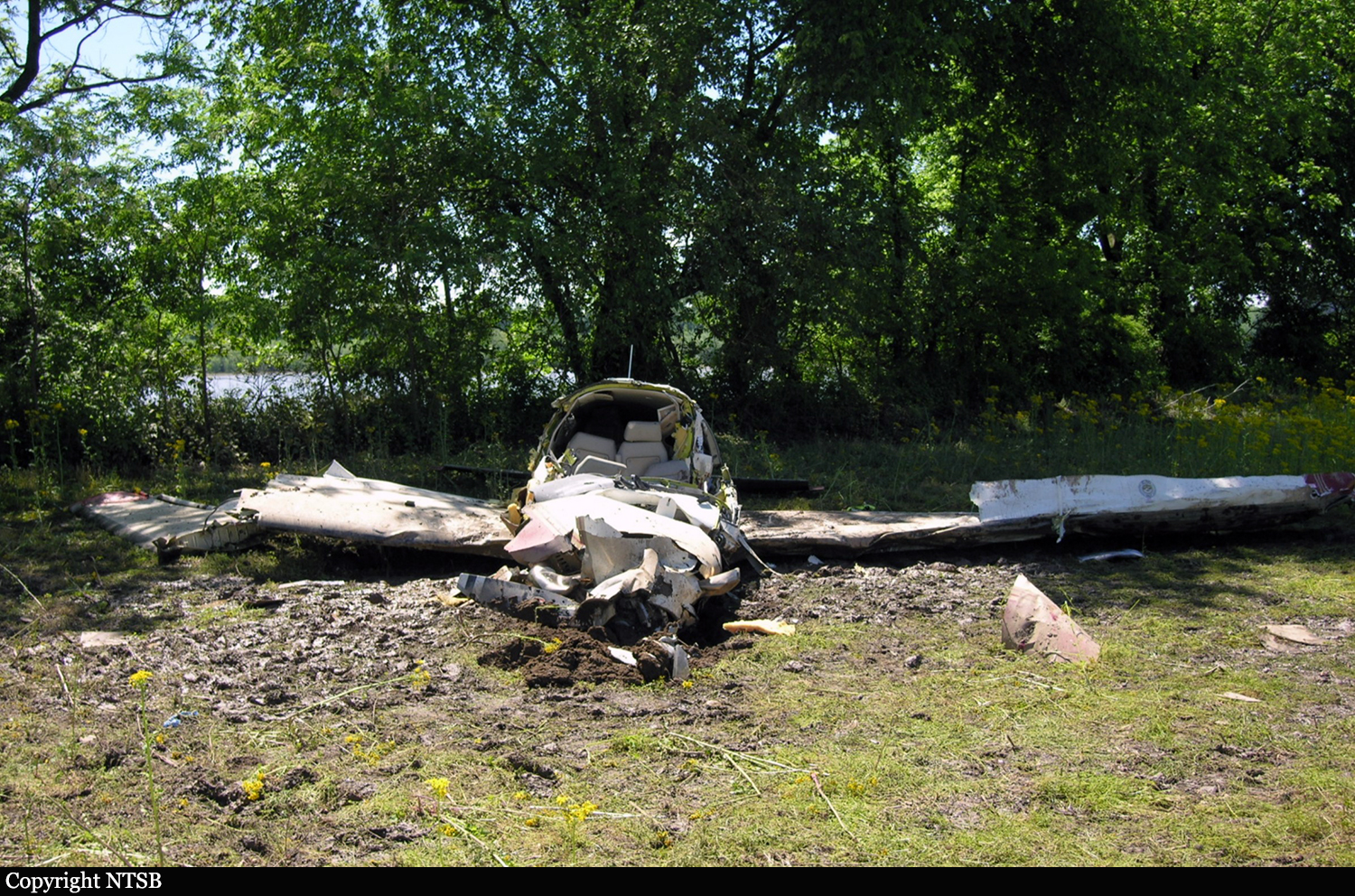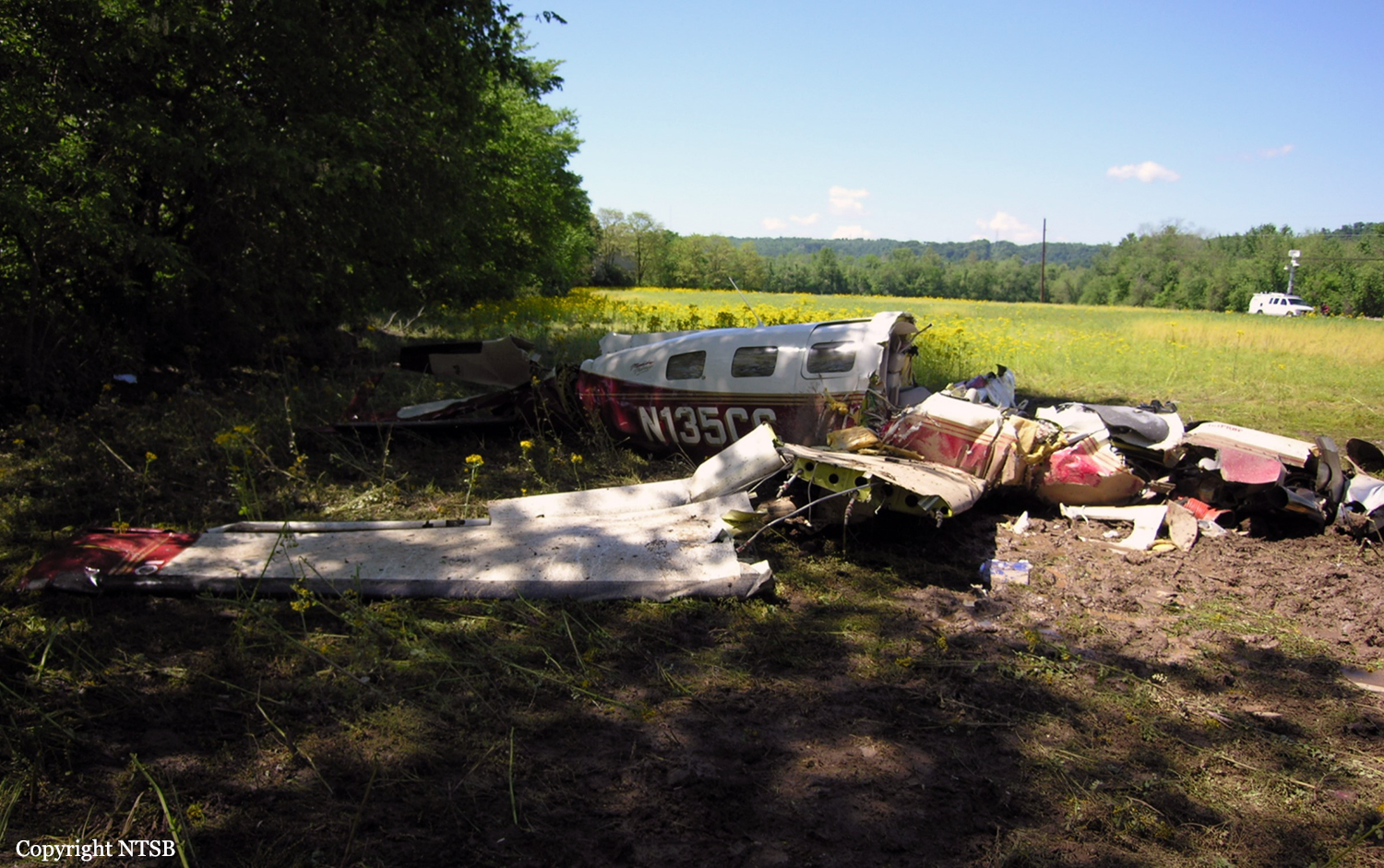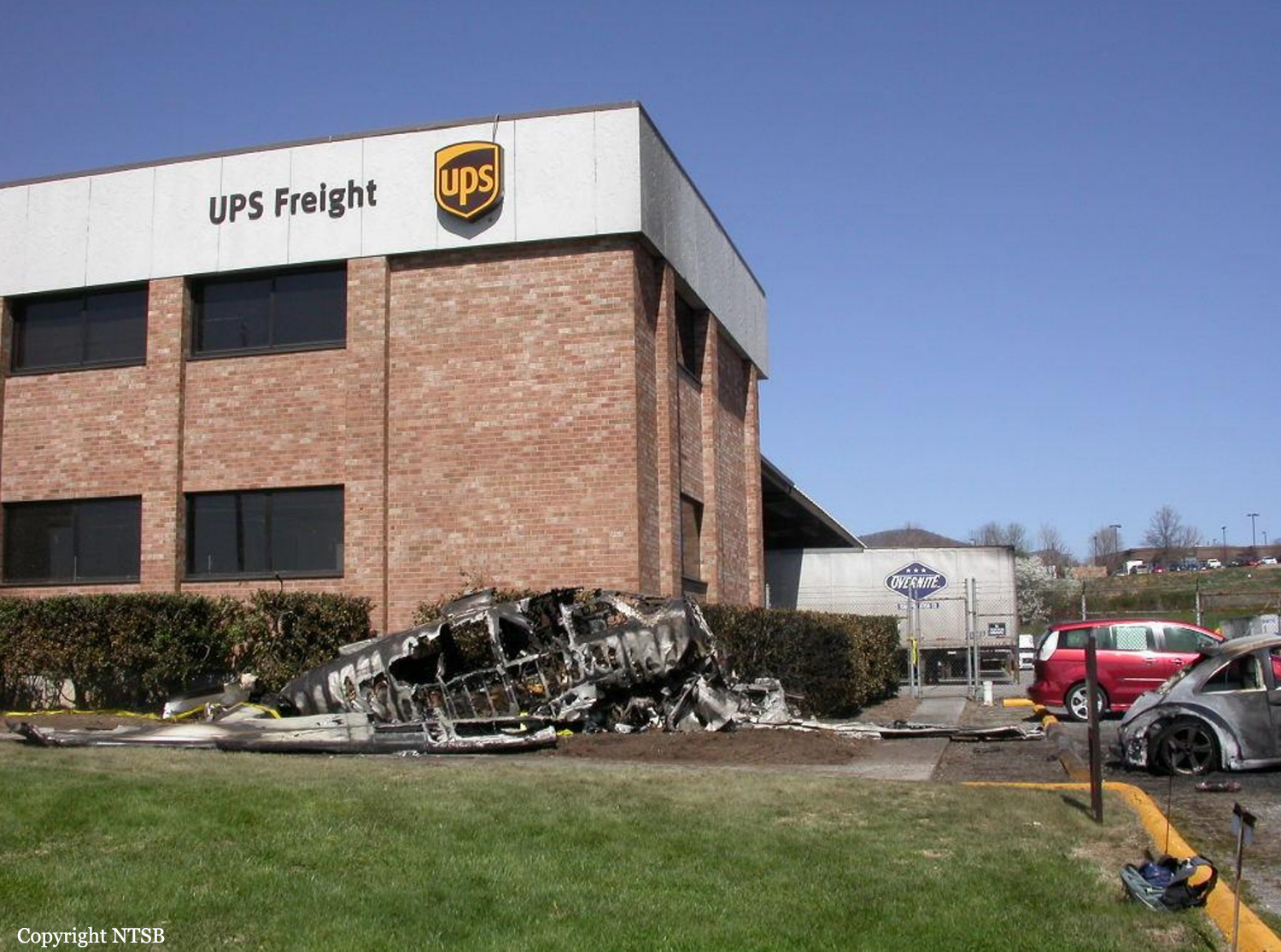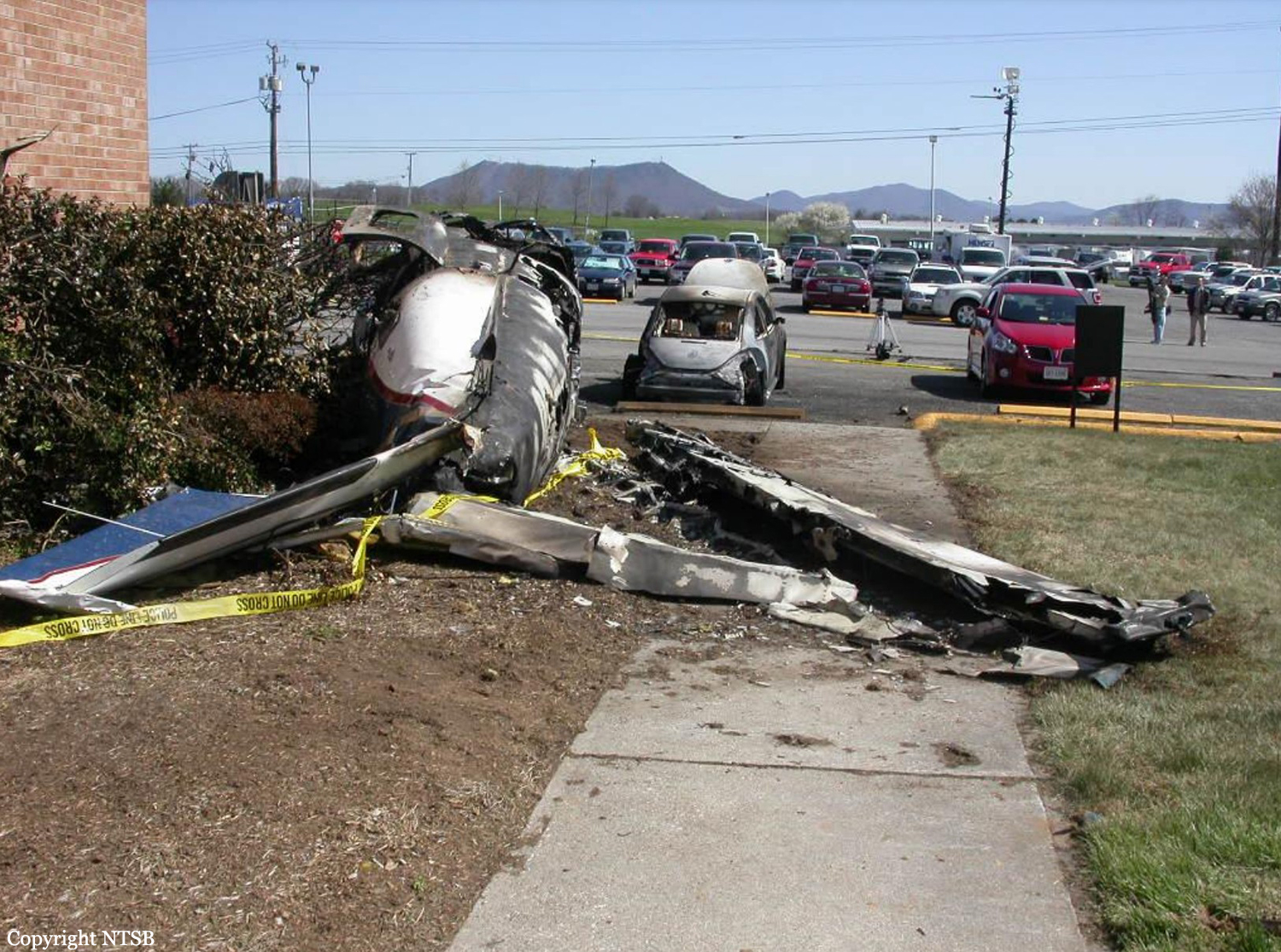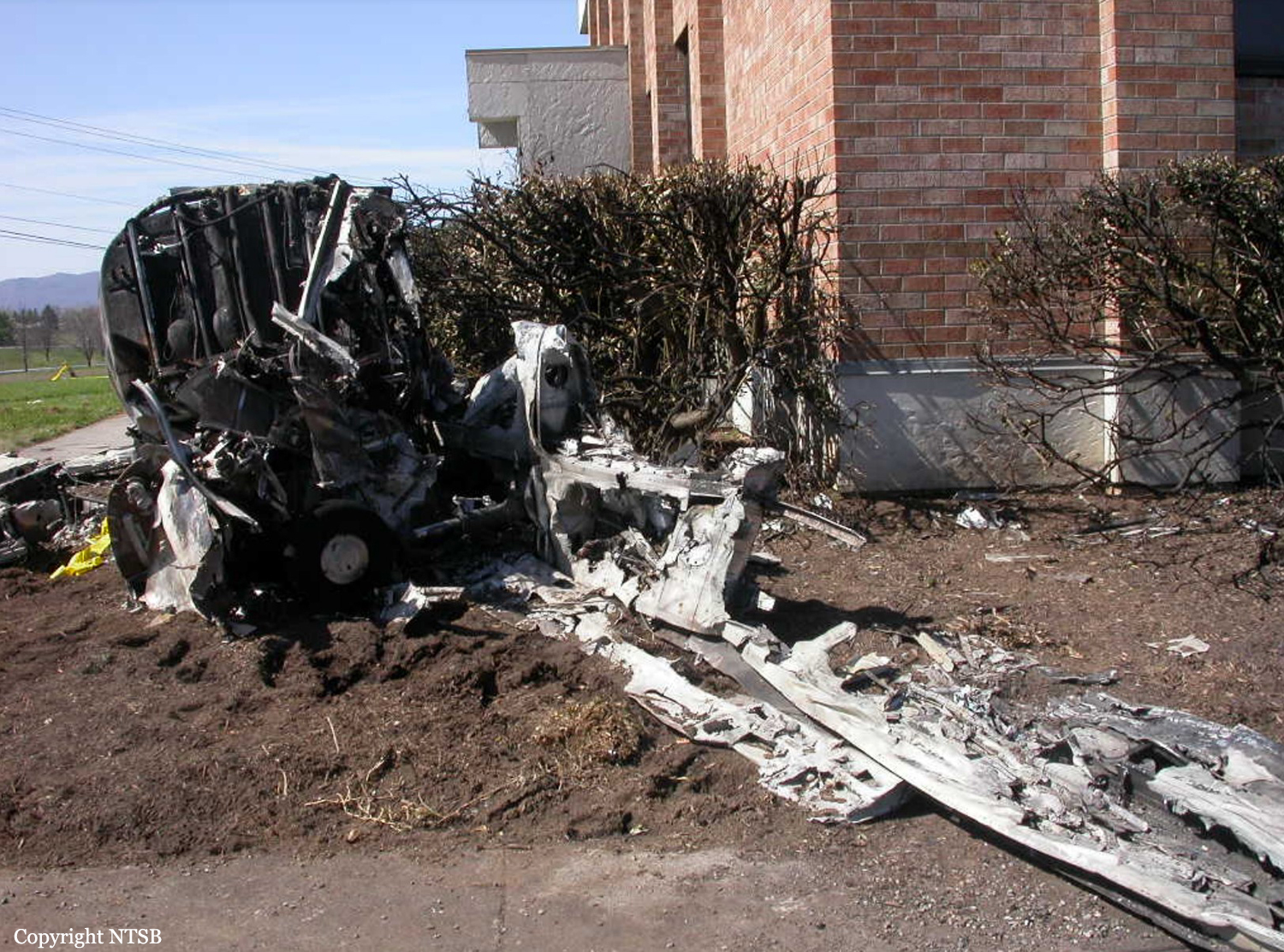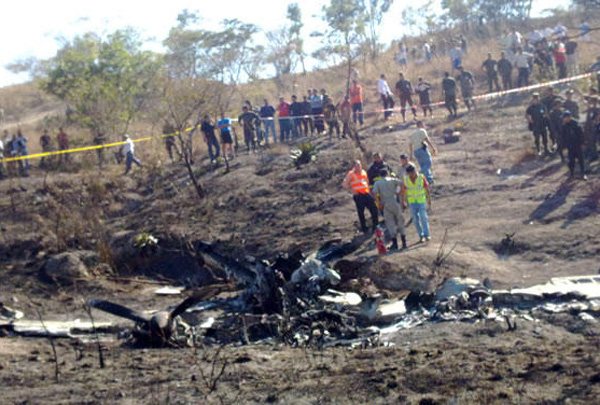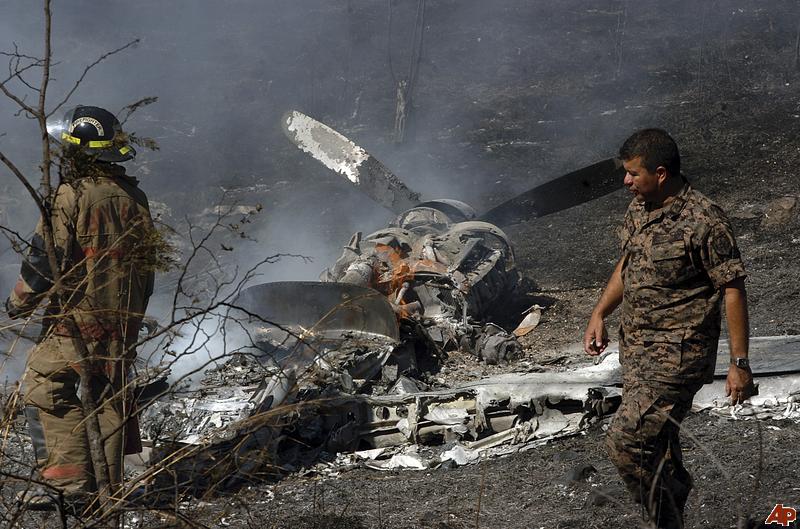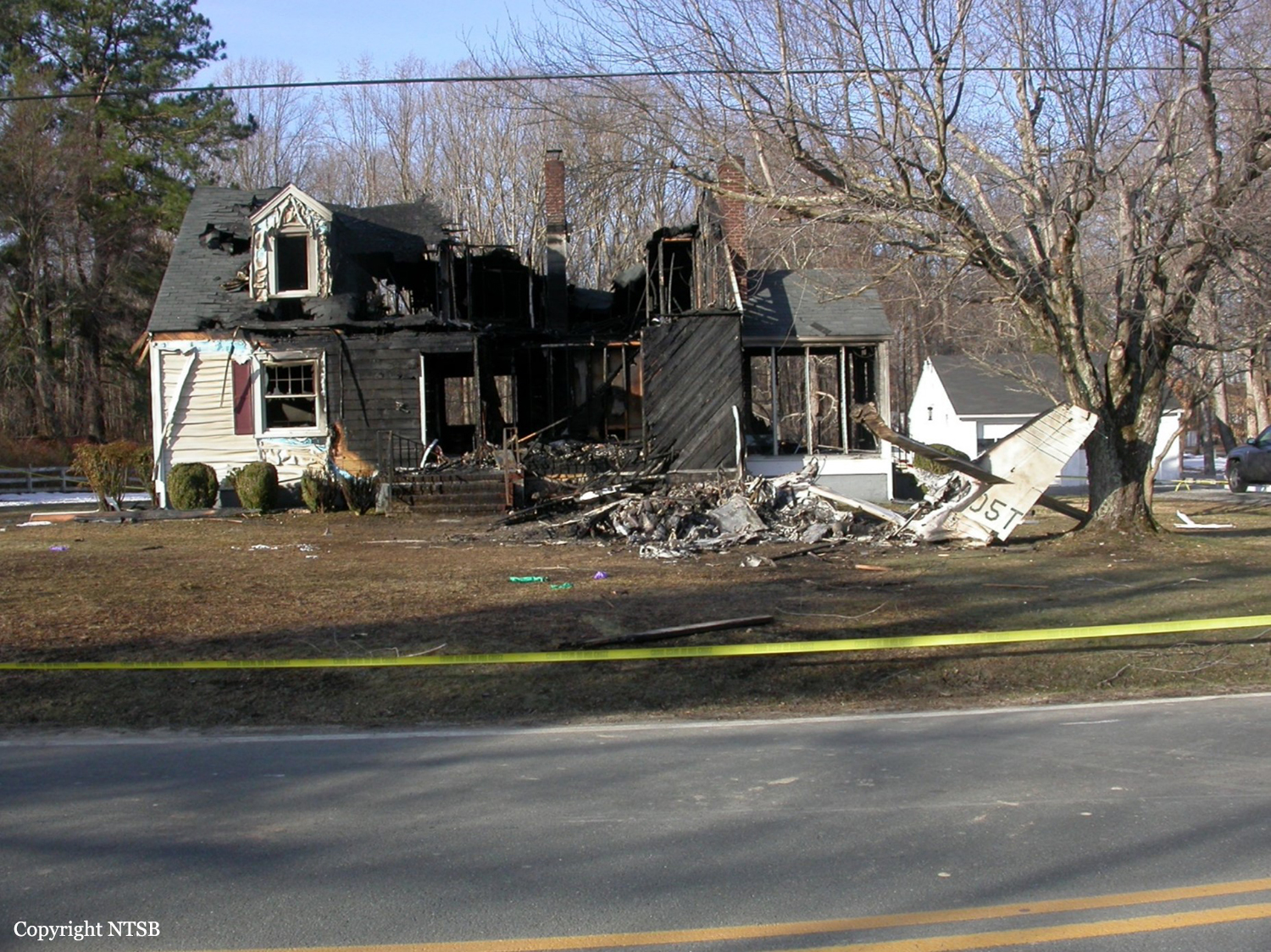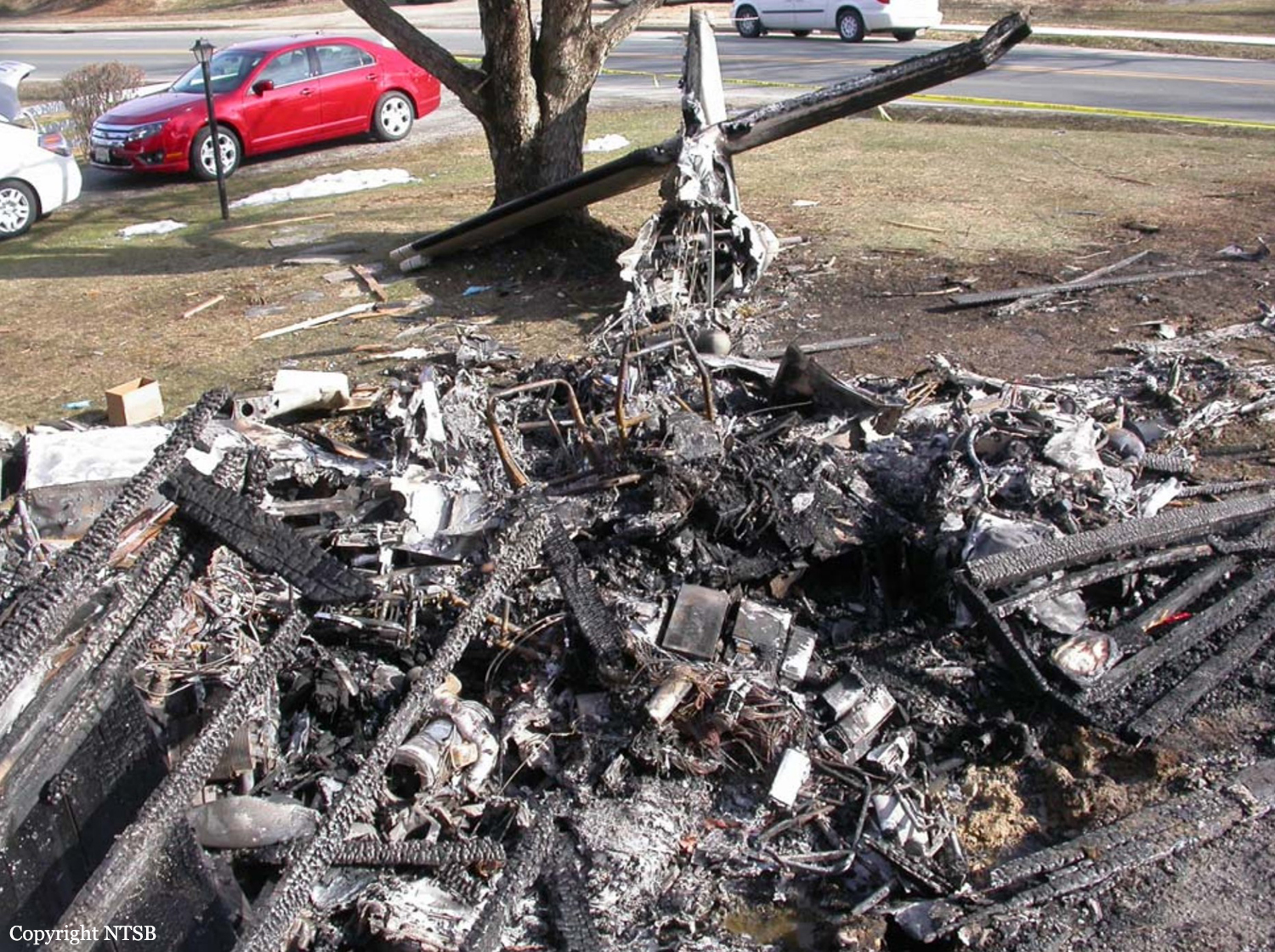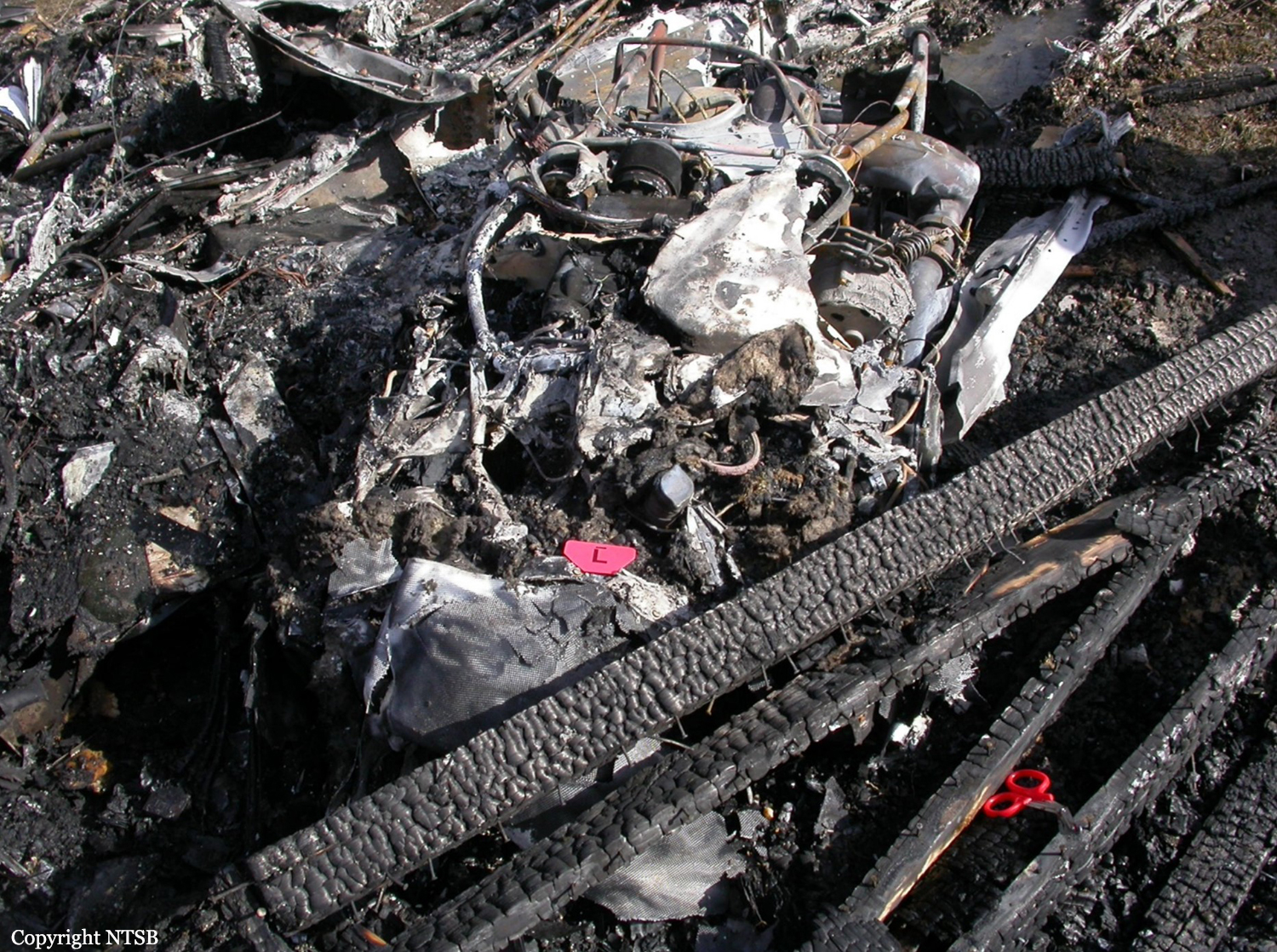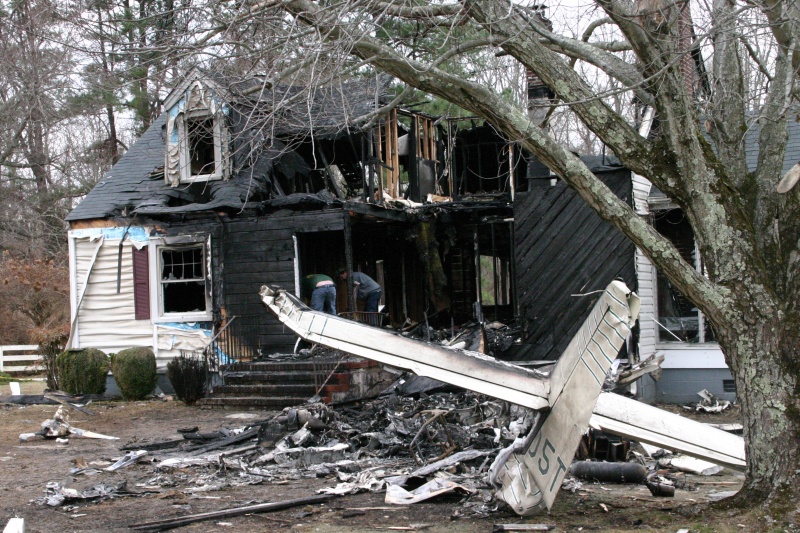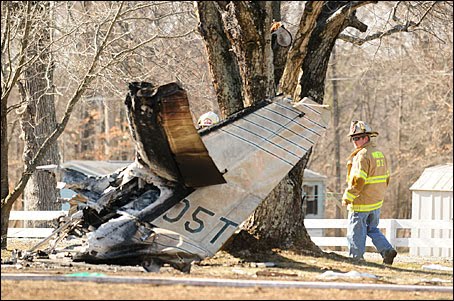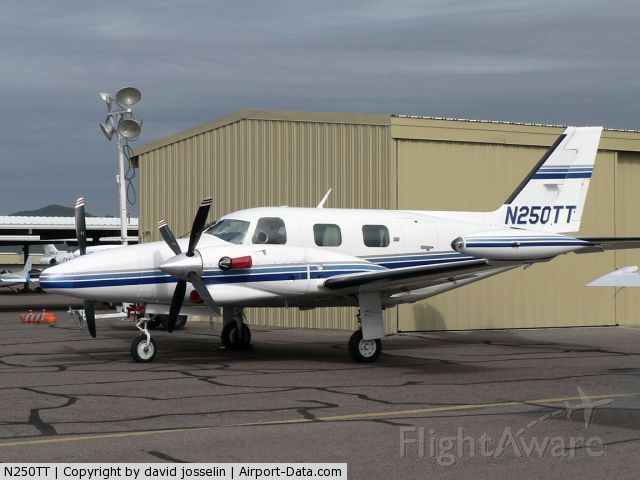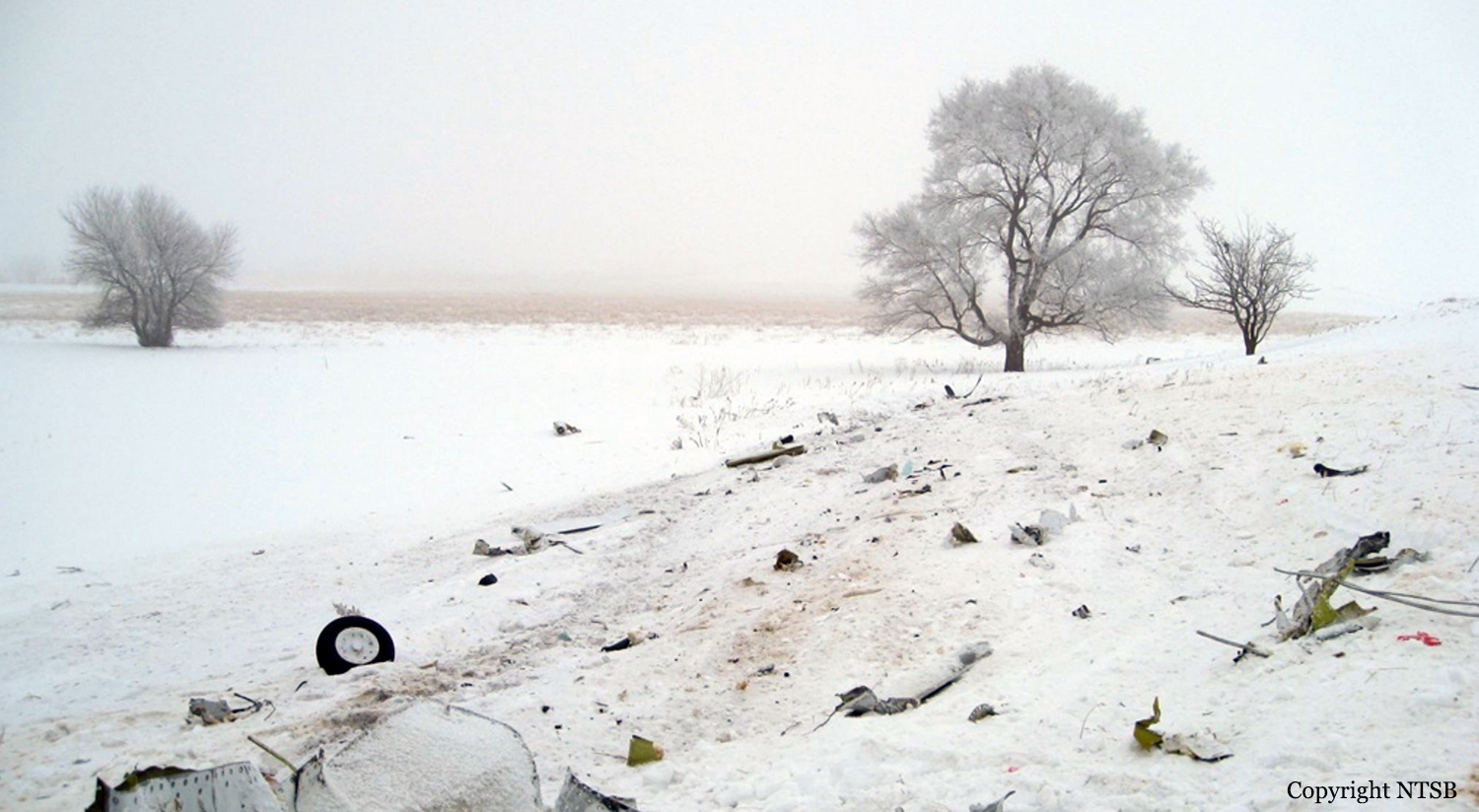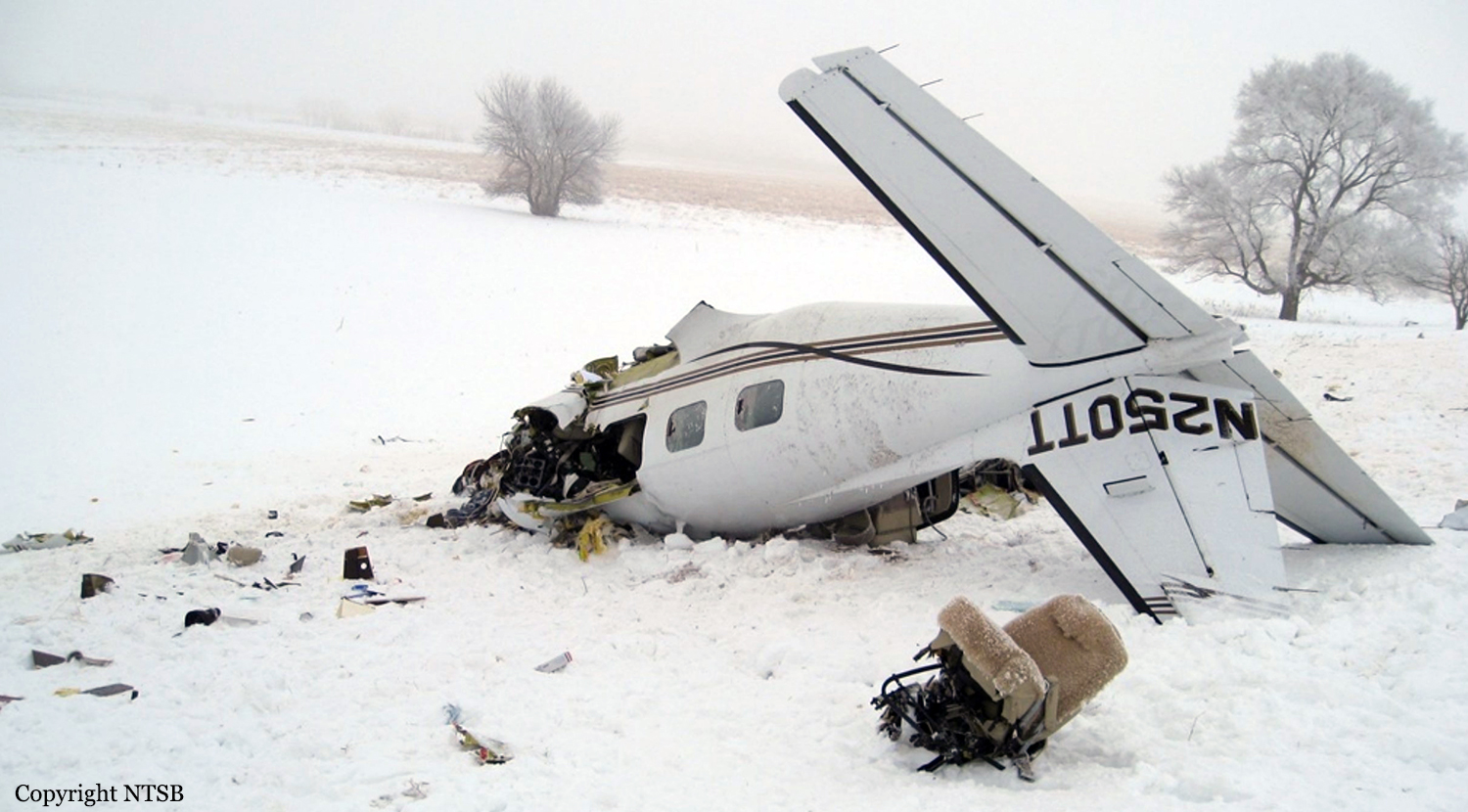Crash of a Piper PA-31-325 Navajo C/R (Panther) in Guatemala City: 4 killed
Date & Time:
May 26, 2010 at 0855 LT
Registration:
TG-LAP
Survivors:
No
Schedule:
Guatemala City - San Salvador
MSN:
31-8012043
YOM:
1980
Crew on board:
1
Crew fatalities:
Pax on board:
2
Pax fatalities:
Other fatalities:
Total fatalities:
4
Circumstances:
The twin engine aircraft departed Guatemala City-La Aurora Airport at 0840LT on a flight to San Salvador-Ilopango Airport, carrying two passengers and one pilot. About 4-5 minutes after takeoff, while climbing in IMC conditions, the pilot reported technical problems with the instruments and was cleared for an immediate return. Shortly later, the aircraft entered an uncontrolled descent and crashed in a meat packing plant located in the approach path. The aircraft was destroyed by impact forces as well as the building. All three occupants as well as one people in the factory were killed.
Probable cause:
Loss of control following the failure of the attitude indicator while climbing in IMC conditions.
Final Report:

